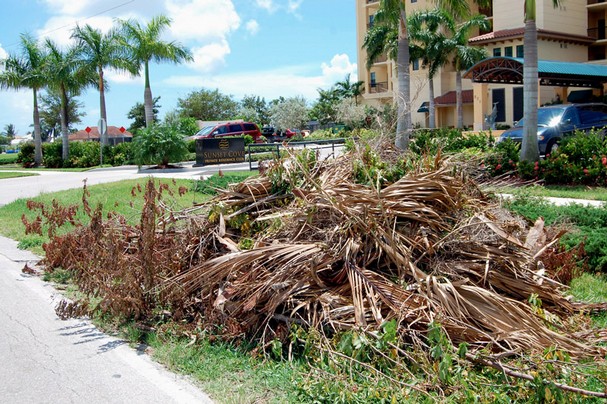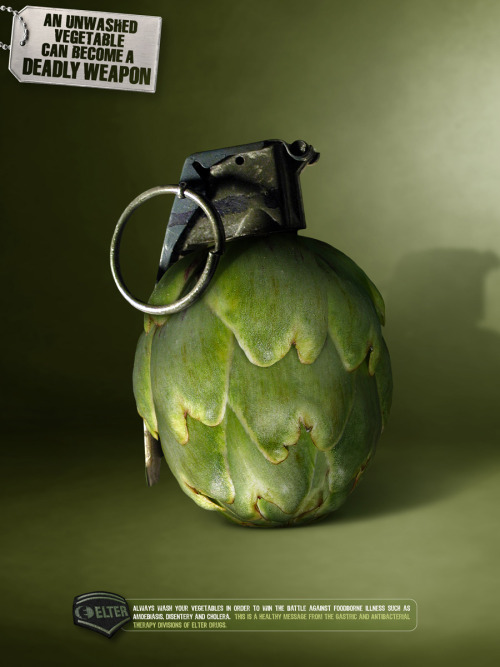Yard maintenance is an essential part of homeownership, and one of the more time-consuming aspects of it involves cleaning up yard debris. Whether it’s fallen leaves in autumn, broken branches after a storm, or grass clippings after mowing, keeping your yard clean is both a matter of aesthetics and safety. Yard debris, if left unmanaged, can harbor pests, smother grass, or even pose a fire hazard. Fortunately, with a thoughtful approach and some simple strategies, yard debris cleanup can become a manageable and even satisfying task.
Understand the Scope of the Work
Before diving into any cleanup, it’s important to evaluate the area and understand what kind of debris you are dealing with. Some yards might have large branches and logs from fallen trees, while others may mostly gather leaves and twigs. Identifying the types of debris—organic material like leaves, grass, and wood, or inorganic items such as trash blown in by the wind—helps you plan your cleanup process more efficiently. This assessment also allows you to decide if you’ll need additional help, tools, or even professional services for removal.

Use the Right Tools
Having the appropriate tools makes yard debris cleanup faster and less strenuous. Rakes, leaf blowers, pruning shears, and wheelbarrows are commonly used in most residential yards. For larger jobs, such as removing thick branches or dealing with storm damage, chainsaws and heavy-duty gloves might be necessary. Ensuring your tools are in good working condition before you begin also saves time and energy. While it might be tempting to improvise, using the right tools for the task not only makes the process more efficient but also reduces the risk of injury.
Work Strategically by Section
Cleaning the entire yard in one go can be overwhelming, especially if the area is large or the debris is significant. A smart approach is to divide the yard into sections and clean one area at a time. This method keeps the work manageable and provides a sense of accomplishment as each section is completed. Starting from one end of the yard and moving methodically ensures that no part of the yard is overlooked and makes it easier to track progress.
Practice Safe Disposal
Once you’ve collected the debris, proper disposal is crucial. Organic debris such as leaves, grass, and small branches can often be composted, turning waste into a valuable resource for your garden. Many municipalities also offer curbside yard waste pickup or drop-off centers for larger materials. Burning yard waste might be permitted in some rural areas, but it should be done cautiously and in accordance with local regulations to prevent fire hazards. If the amount of debris is excessive, consider renting a dumpster or hiring a removal service.
Incorporate Seasonal Maintenance
Yard cleanup isn’t a one-time job—it’s part of regular yard maintenance that changes with the seasons. Spring is ideal for clearing out what winter left behind, pruning plants, and preparing the soil. Summer involves keeping up with grass clippings and fallen branches from storms. Autumn demands a concentrated effort to deal with falling leaves, while winter might bring down snow-damaged branches. Integrating debris cleanup into your seasonal routine ensures your yard remains tidy and healthy all year long.
Consider Eco-Friendly Options
While the goal is to remove debris, doing so in an environmentally conscious way can make a difference. Composting is one of the best ways to reuse organic material, providing rich nutrients for gardens and flowerbeds. You can also use wood chips from small branches as mulch, which helps retain moisture in the soil and suppress weeds. When purchasing equipment like leaf blowers, consider electric or battery-operated versions to reduce noise and emissions. Small changes in your cleanup approach can lead to more sustainable yard care over time.
Be Mindful of Wildlife
Yards are often home to various creatures, from birds and squirrels to insects and beneficial pollinators. When cleaning up, especially under bushes or in piles of leaves, be cautious not to disturb nests or hibernating animals. Avoid excessive disruption of natural habitats, and whenever possible, maintain small areas where natural debris is left to support local biodiversity. This not only benefits the environment but adds a sense of harmony between your yard and its natural inhabitants.
